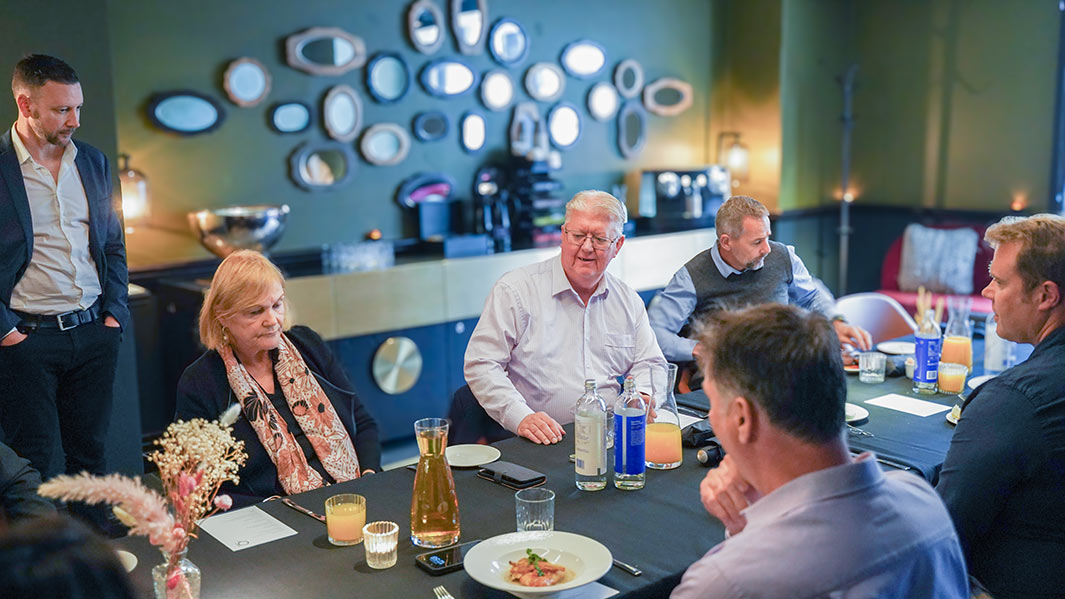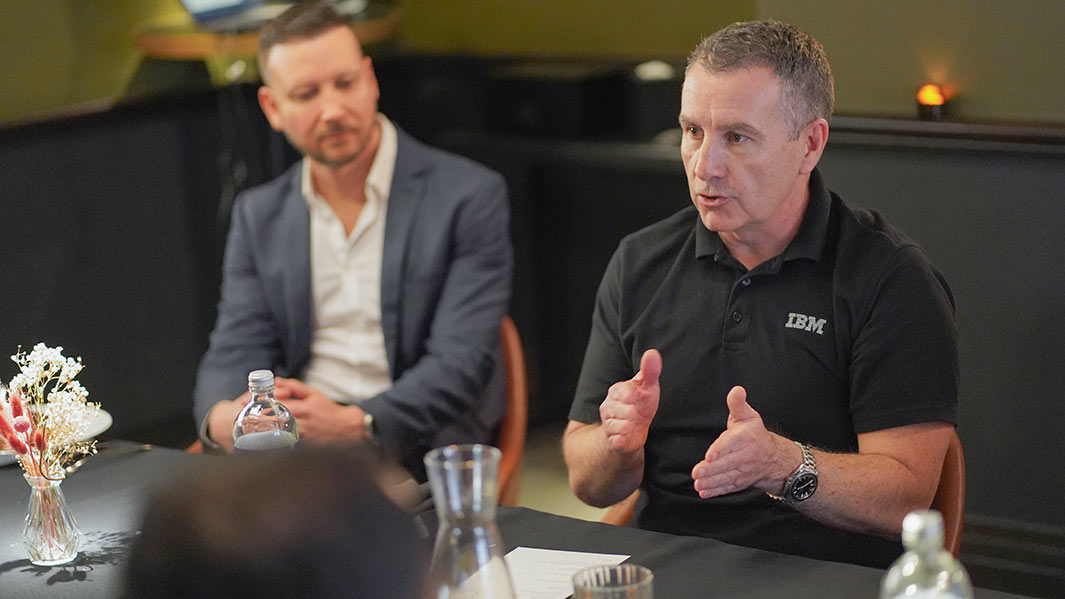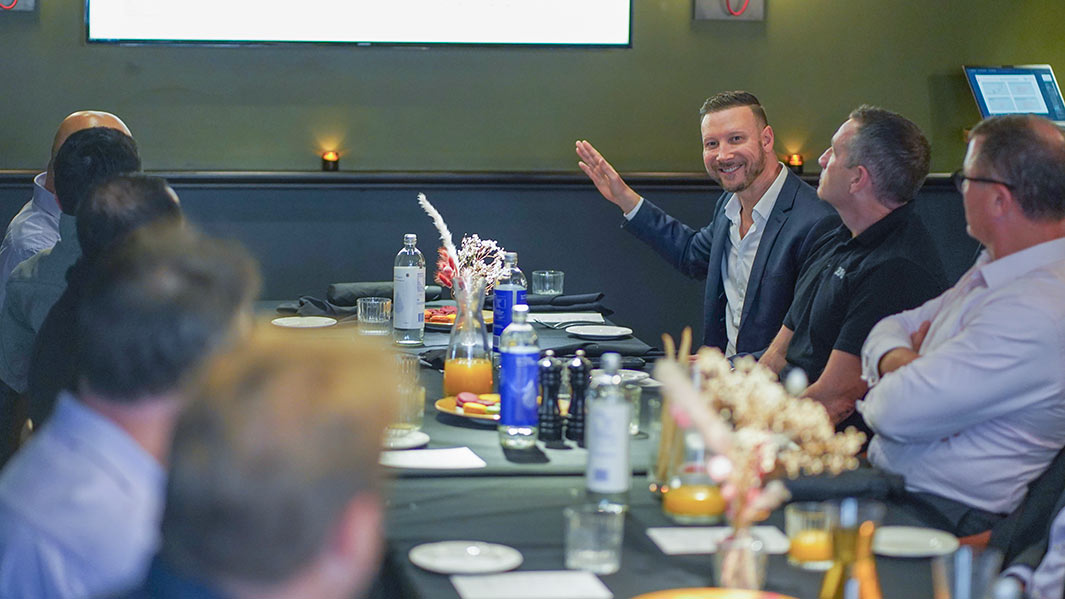At a glance
- COSOL convened asset management leaders to share practical AI initiatives and industry challenges
- Leaders discussed building AI maturity gradually, following a "Walk, Jog, Run" approach for safe, scalable adoption.
- Real-world examples highlighted AI's potential in maintenance, rostering, forecasting, and operational efficiency across mining, transport, and utilities.
- Key challenges identified included workforce readiness, data literacy, cybersecurity, and cultural change required for effective AI integration.
Industry perspectives on building AI maturity with practical business cases
COSOL recently brought together leaders in Sydney from across asset-centric industries to discuss the emergence of AI across the industry. The conversations painted a picture of the state of AI in these Australian businesses.
The theme of the luncheon focused on how companies in asset-centric industries can build up AI capability both practically and thoughtfully. This approach avoids a big bang transformation that might be tempting to pursue given the hype around AI in business and the pressure companies feel under to “get going or be left behind”.
The conversation starter was the Walk, Jog, Run Framework, where organisations are encouraged to gradually build their AI capabilities sensibly and safely. This framework sees AI first needing to become trustworthy and repeatable, then later able to deliver real value, before late-stage scaling up into production across the business.
Cultural change, mindset and trust will be key factors that organisations in Australia either have faced, are facing or will face along their efforts to modernise with data, AI and automation, and these items were certainly reflected in the prevailing discussion.
Attendees took the opportunity to offer their own experiences, opinions and expertise when it came to AI, and voices from multiple industries were heard. Fantastic insights came out across mining, transport and logistics, and utilities on topics of AI’s potential, challenges, changing management, AI education and more.
AI's Potential and Projects in Play
Having kept a close eye on how AI is being adopted across asset-centric industries in Australia and Asia Pacific, COSOL’s Anthony Cipolla said there were many exciting case studies emerging.
"There's also great applications in other site-centric cases. Some teams are using computer vision for stockpile assessment or worksite safety and compliance."
For Rolf Samonte, Head of ICT & Cyber Security for Metro Trains Sydney, enabling the AI opportunity for line maintenance has been a focus. The company, which operates and maintains the Sydney Metro M1 Northwest & Bankstown Line, has already taken steps to plan for success.
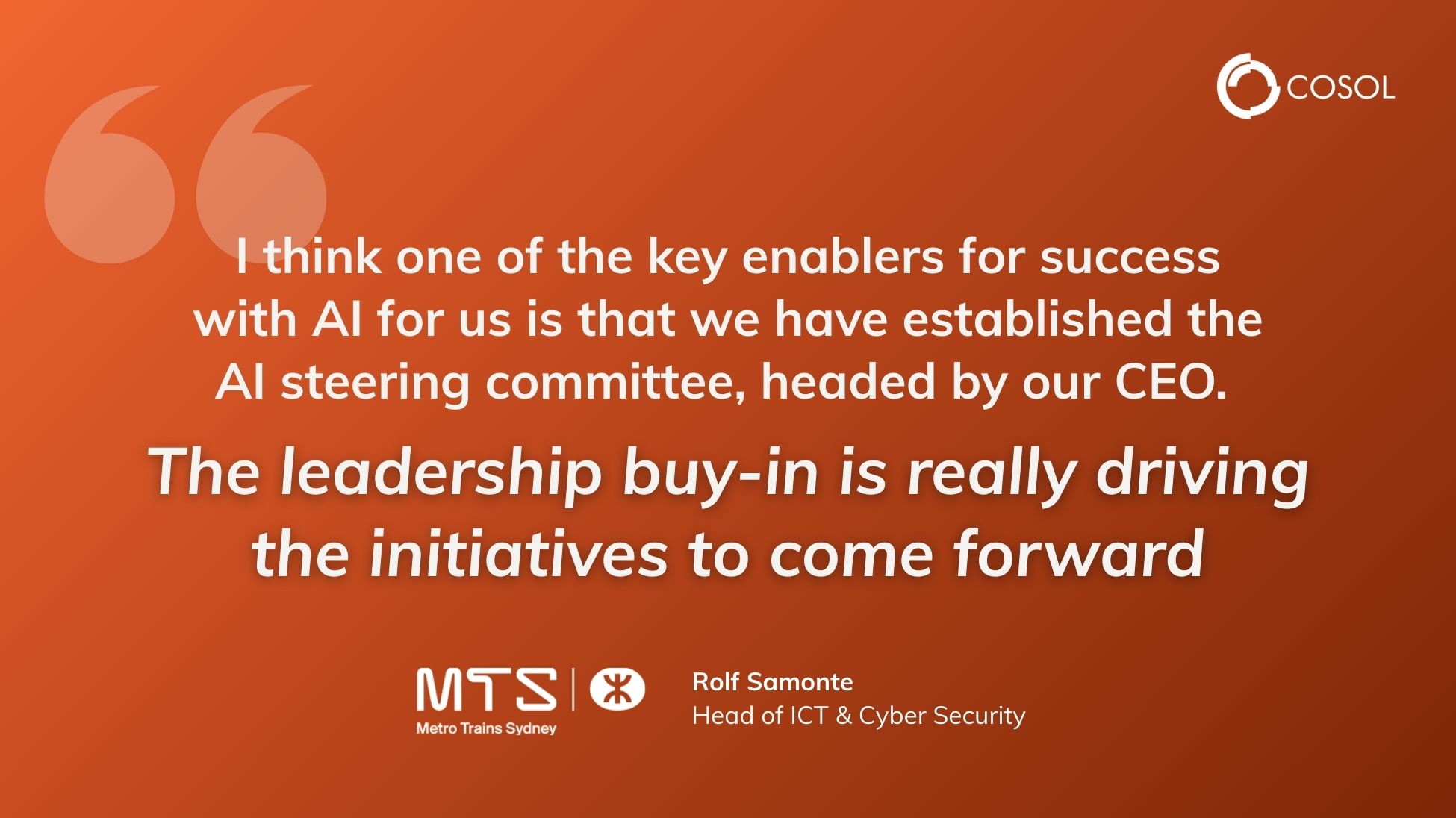
“Where AI could fit for us is around smarter maintenance, whether it's using IoT and bringing that data into our ERP system and then getting the trends out of that so that we can work safer, smarter and more efficiently.”
Alinta Energy’s Chris Pratt, General Manager for Energy Supply Technology, pointed out that prediction and forecasting were core pillars of an energy utility’s work to ensure grids functioned properly. This is a space where data is fundamental and AI’s potential is high.
“It all comes down to prediction. What is our demand going to be at five o'clock tomorrow, when everyone comes home? What's the weather forecast going to be at five o'clock. What's the price of the energy market going to be?,” he said.
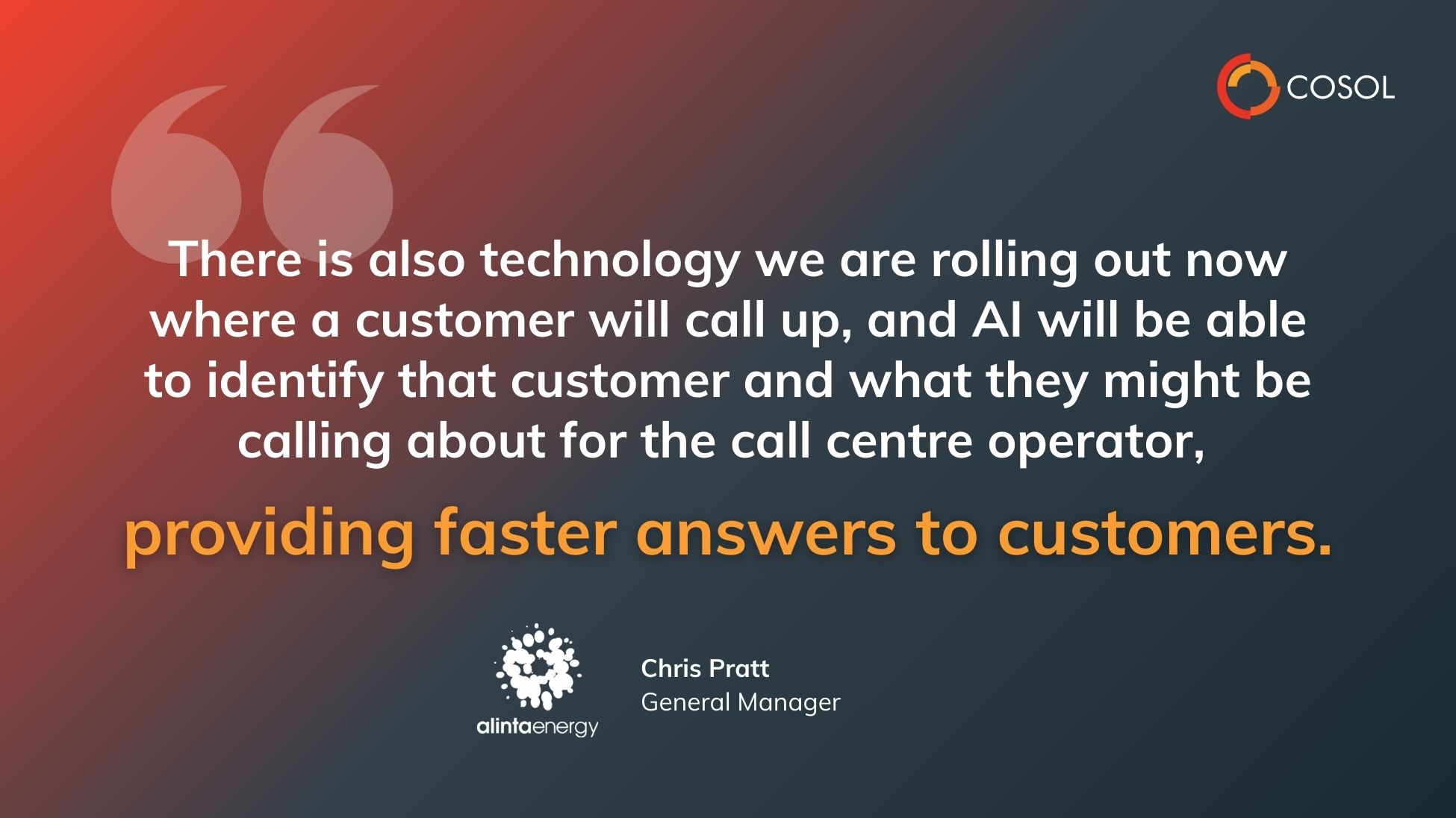
Fiona Love, General Manager for Workforce Development at the Australasian Railway Association, was bullish about the impact AI would have on asset management. Love sees optimisation potential in rostering and other areas to drive efficiencies on site and, in particular, improve conditions and bolster the workforce.
“Clearly asset management maintenance is where AI can play a huge role,” she said.
“One area I think about is that we want to have a much more diverse workforce. There are of course shortages in talent we’re dealing with, whether it's in design, construction, operations or maintenance.
“However, the way rosters are currently designed means they will never work for a lot of women out there. AI can potentially help us a lot with some of those factors, because you can bring a lot of non-linear, social, emotional lifestyle factors into an AI model to help it work through.”
Prominent Challenges
AI undoubtedly presents opportunities in asset-management oriented organisations. Applications like computer vision to recognise changes in assets regularly, as well as data interpretation for potential optimisation with sophisticated LLMs, just to offer an example, are often cited as technologies offering great potential in this industry.
However, technology changes aren't small projects, particularly when they affect organisations responsible for high-value infrastructure and equipment where safety decisions matter most.
Some such challenges, discussed by event attendees, concerned factors like cultural differences, expectations around advancement, pace of innovation, maintaining compliance, and educating wider teams.
For example, the group discussed certain challenges in the mining sector, one of which being the sheer volume of data that is collected, but which is not being used to its maximum potential by many companies.
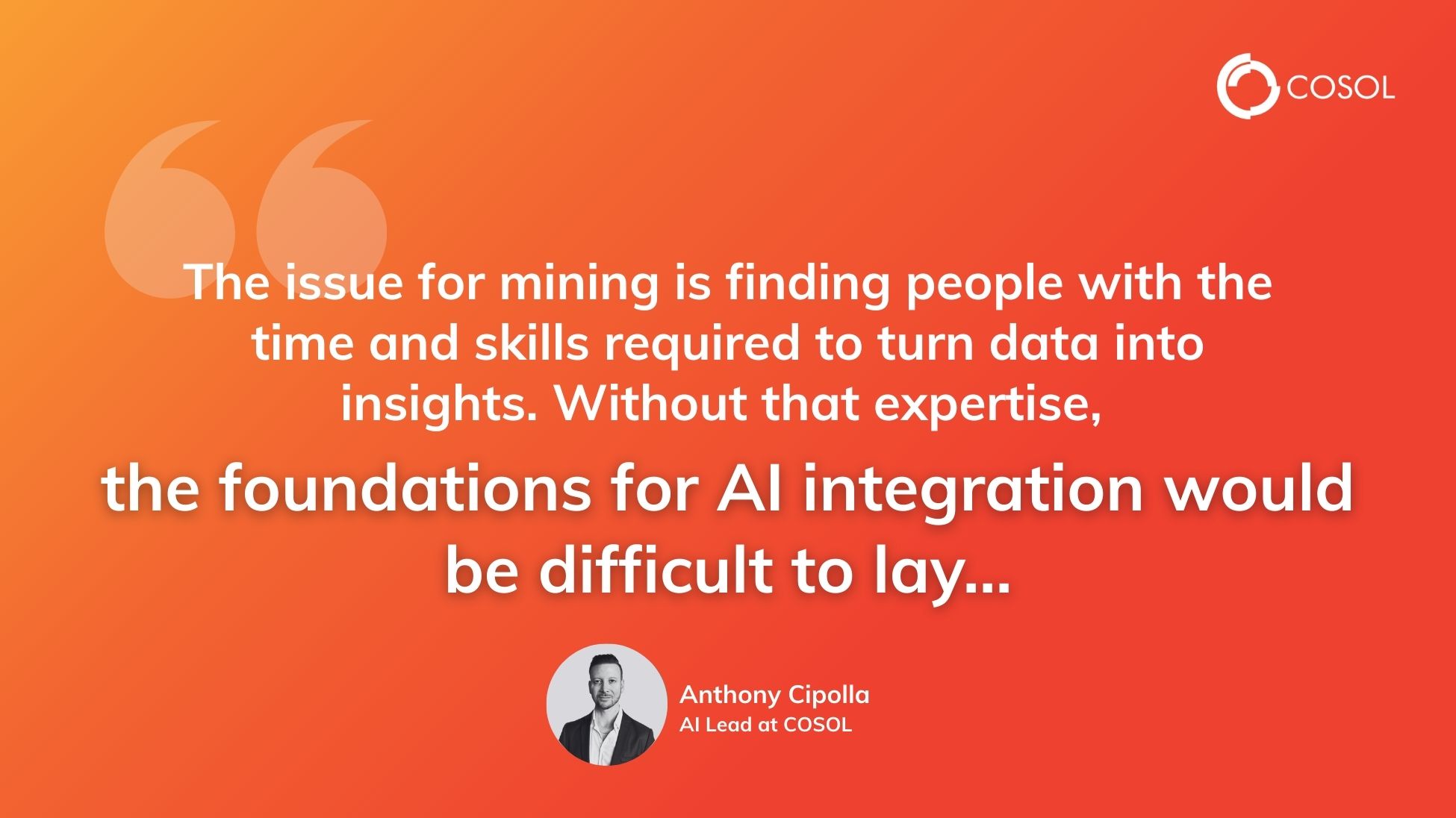
Another challenge the roundtable group acknowledged was resistance to change. While not exclusive to mining, this barrier to transformation can be particularly strong where big, high-value operators with long legacies are laser-focused on their core operations. Mining is, however, expected to experience more transformation as new generations of workers move into the sector.
In utilities, Alinta Energy’s Chris Pratt highlighted regulatory constraints as another challenge when trying to unlock insights through modern AI solutions.
“We're subject to the security standards of critical infrastructure, so governments are very concerned about keeping the lights on and we ensure that components don’t get too cold or get too hot. We take risk across operations and security seriously,” he said.
The group also highlighted the cybersecurity implications of AI.
"From a technology leadership standpoint, cybersecurity can present one of the most significant initial hurdles," Anthony Cipolla said.
"As organisations embark on new initiatives, it's crucial that they create secure boundaries and operate within protected environments. This ensures that sensitive information, whether it's proprietary data or financial instruments, remains fully safeguarded.
David Small, Business Unit Executive for IBM, which develops the Maximo asset management solution, said stability and software security was often a point of conjecture between the desire to benefit from the latest technologies, including AI.
“One of the challenges we can see customers having, as the developer of asset management solutions like Maximo, is that for those on a stable version who have worked with it, configured it and pushed the envelope with it, there might be some resistance to upgrading,” he said.
AI Coding, Literacy, and AI Shyness
In addition to the main AI applications and challenges that asset management leaders see as being most prominent, other topics covered during the event included the practicality of AI-powered code generation and AI shaming.
“During a conversation at Meta's LlamaCon event in April 2025, CEO Mark Zuckerberg said that within a year, approximately half of Meta's software development could be handled by AI, with expectations for this proportion to grow over time,” said COSOL’s Anthony Cipolla.
Event attendees also touched on literacy, and were conscientious about whether less experienced developers could properly evaluate what constituted good code once the AI does most of the heavy lifting.
"One of the challenges with AI is understanding AI and what we actually can do with it,” said Alinta Energy’s Chris Pratt. “I sometimes feel like it's a hammer in search of the nail, and many seem to believe it can solve all of their problems very easily.”
Chris Pratt also pointed out that this literacy combined with the still early days of AI adoption also raises questions about whether it’s OK to use AI.
“Because AI is still new, the rules of how to use it and when are still being tested across all industries” he said.
A phenomenon, termed ‘GPT shame’ or ‘AI shaming’, refers to when businesses, employees, and students use AI tools like ChatGPT to review, summarise and generate content but feel uncomfortable admitting this to their peers.
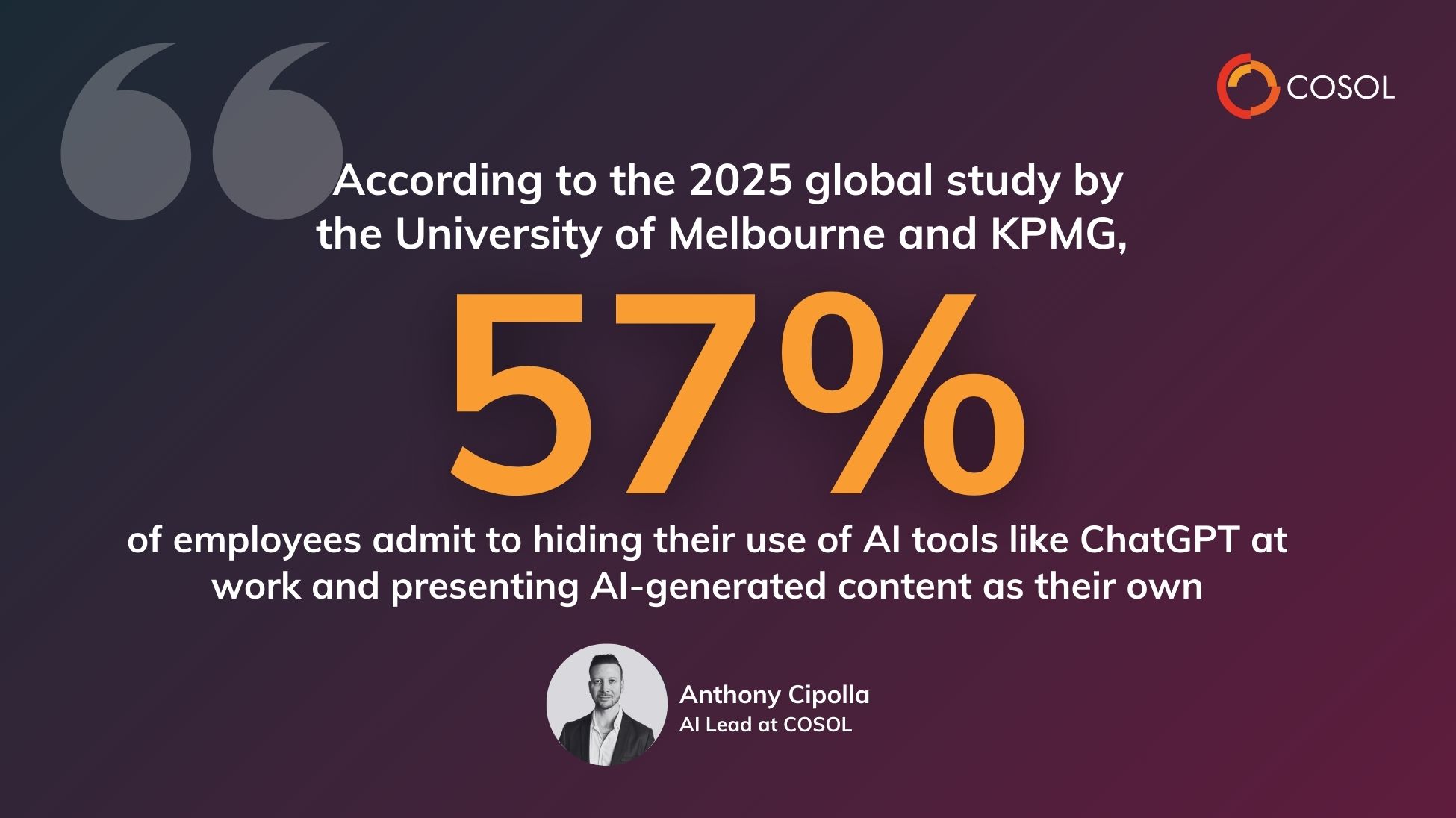
Closing Thoughts on Managing Change
Adopting AI presents many opportunities but also challenges, and demands of companies to interrogate their business across a number of areas. Several of those discussed during COSOL recent executive roundtable included cultural transformation, security, talent shortages, lack of data expertise and more.
AI Governance has also become a priority for organisations, though the good news is that it builds on the existing Data Governance work many companies have already undertaken.
Business transformation takes time, communication and understanding across organisations and industries. For asset-centric industries looking to walk then jog then run with AI, this means effective change management must also be one of the most important areas of focus.
This business-first view was shared by one of our partners, Paul Lee, IBM ANZ Senior Technical Specialist for IBM Asset Lifecycle Management.
“There's no such thing as an IT project. Everything is a business project, some just have an IT component,” he said.
For organisations looking to develop their AI roadmap, COSOL brings deep experience as a trusted implementation partner across asset-centric industries, while IBM provides the proven platform foundation with Maximo's integrated AI capabilities.
Together, this partnership approach helps companies navigate their AI maturity journeys with both strategic guidance and reliable technology infrastructure
Bonus Resources
12 Inconvenient Truths of AI - A Resource for Asset-Centric Organisations
During the session, COSOL presented a set of 12 Inconvenient Truths of AI, principles which the company believes are important to recognise as companies move through the walk-jog-run phases of their AI maturity.
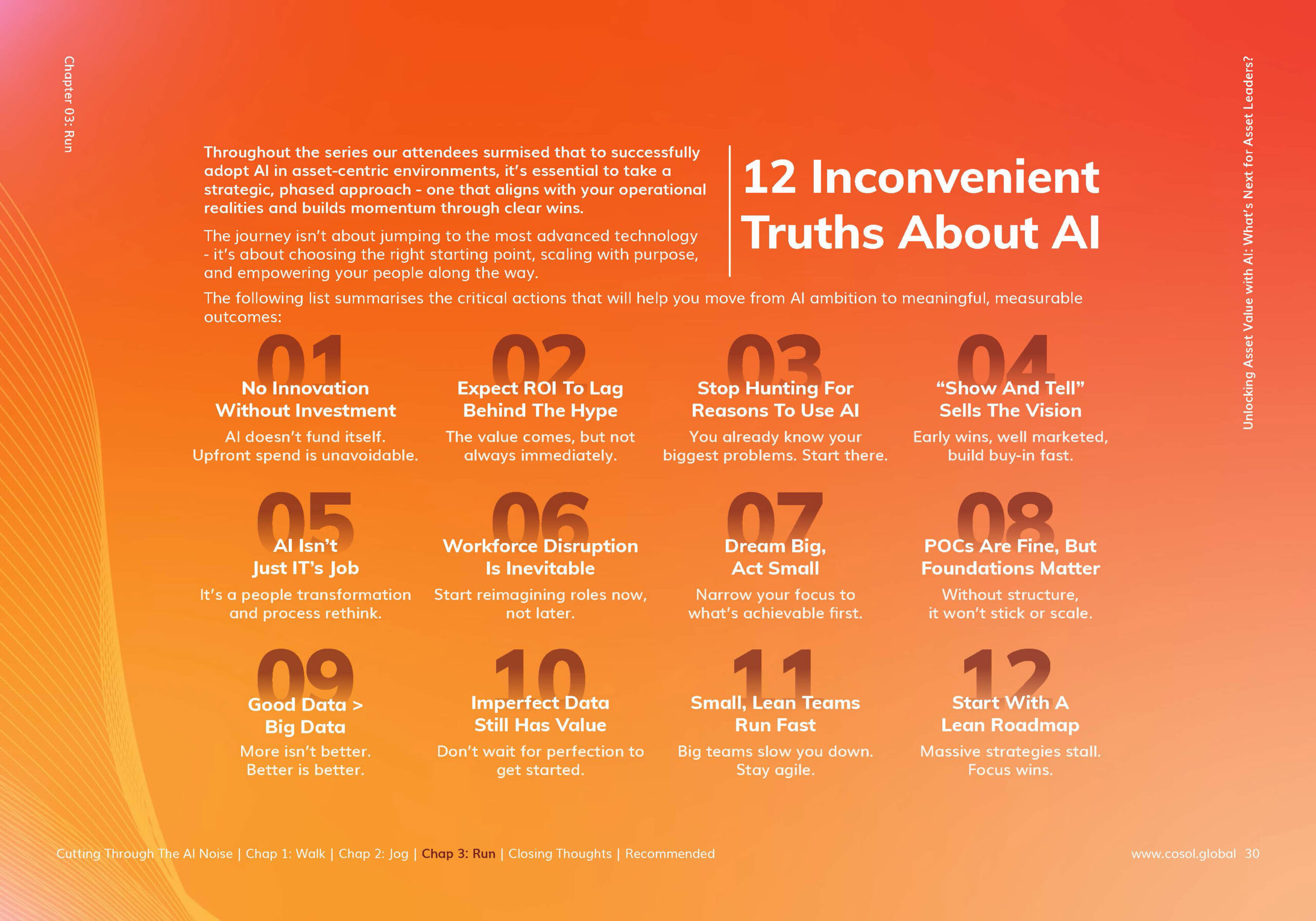
To access even more insights on AI from key asset management leaders, click on the link below.
About COSOL
COSOL is built on one belief: in asset-centric industries, reliability is everything. We’re a trusted, data-led asset management partner for organisations around the world who can’t afford to fail. And known for our deep expertise, dependable delivery, and ability to keep critical assets performing at their best.
We recently celebrated 25 years in business, are Australian-owned and operated, and recognised as reliable partners by their clients across the globe.



